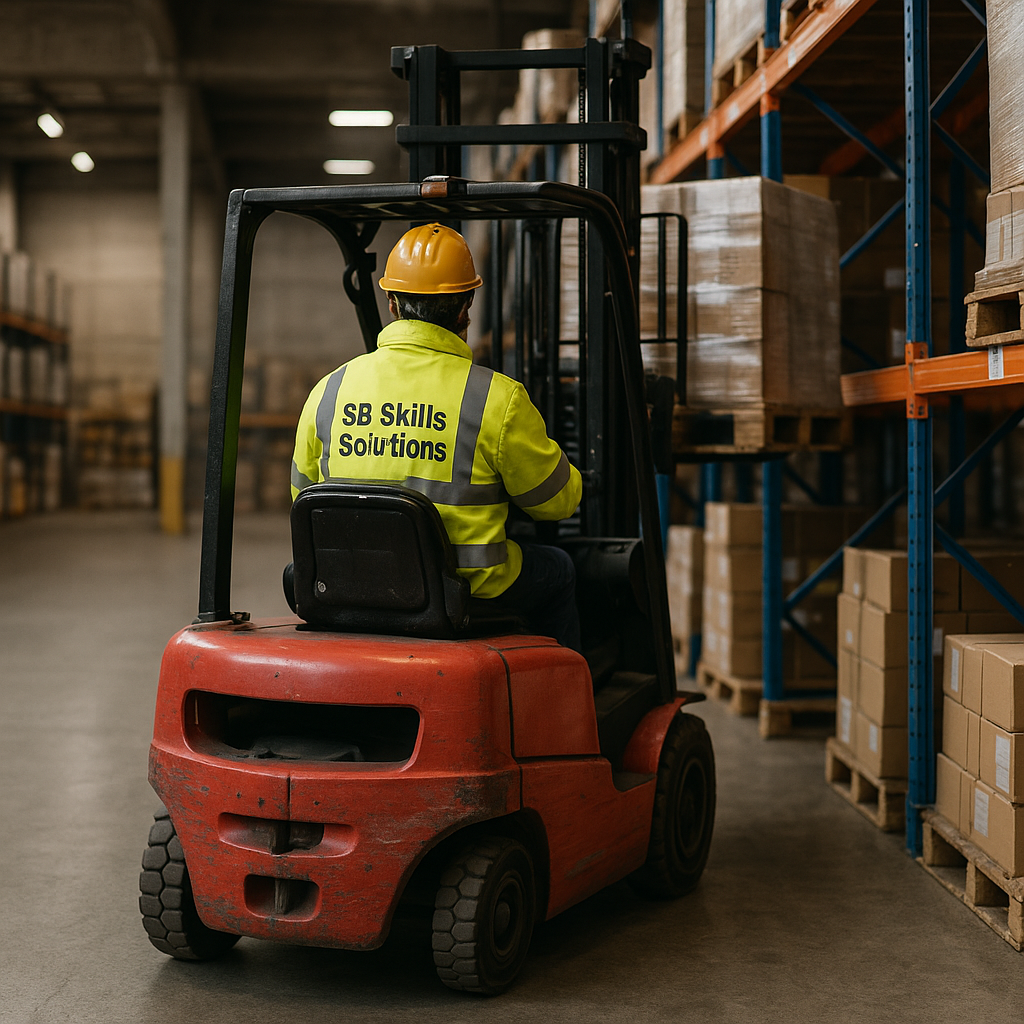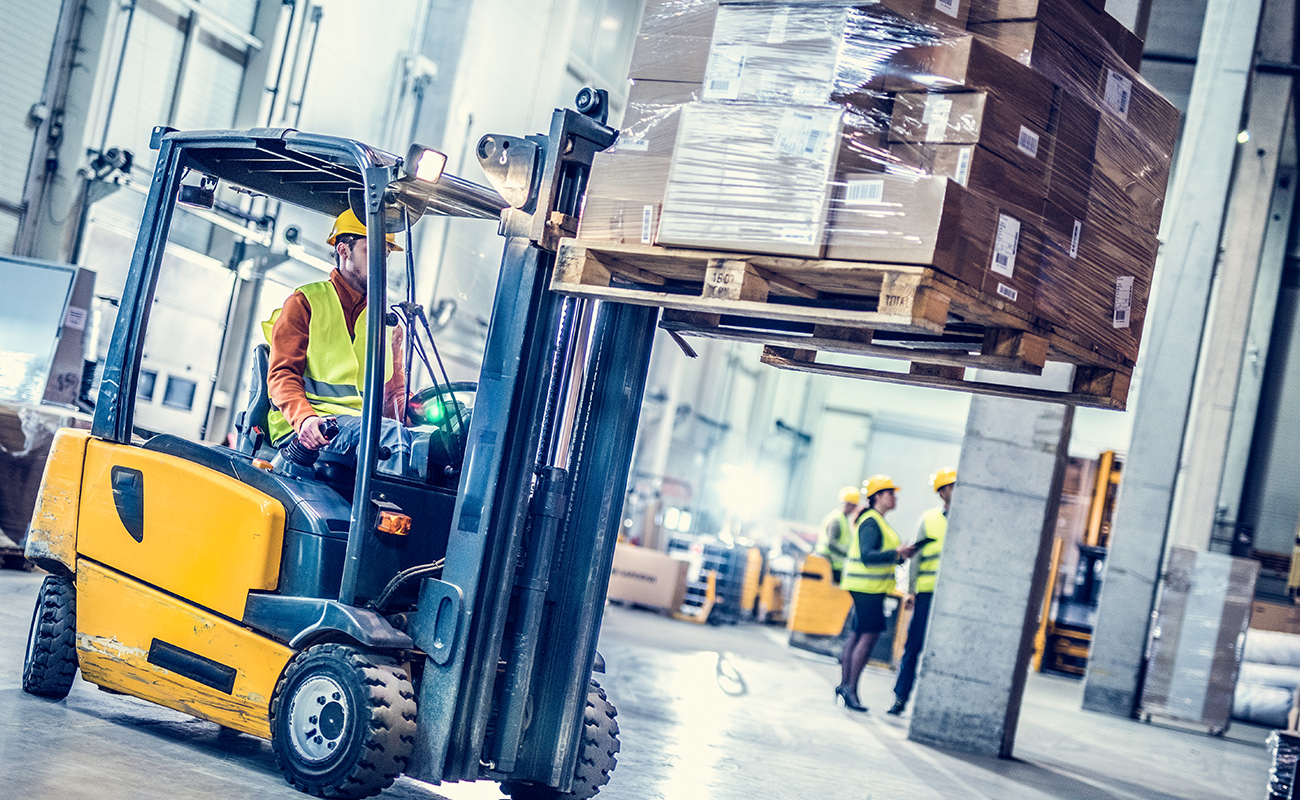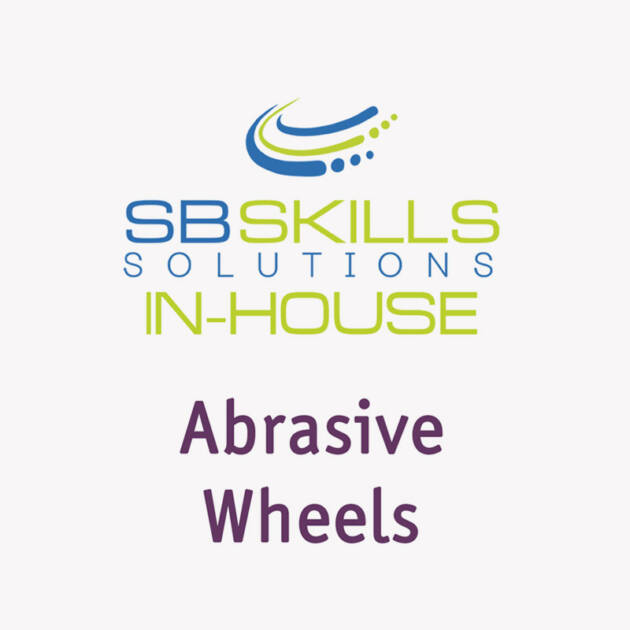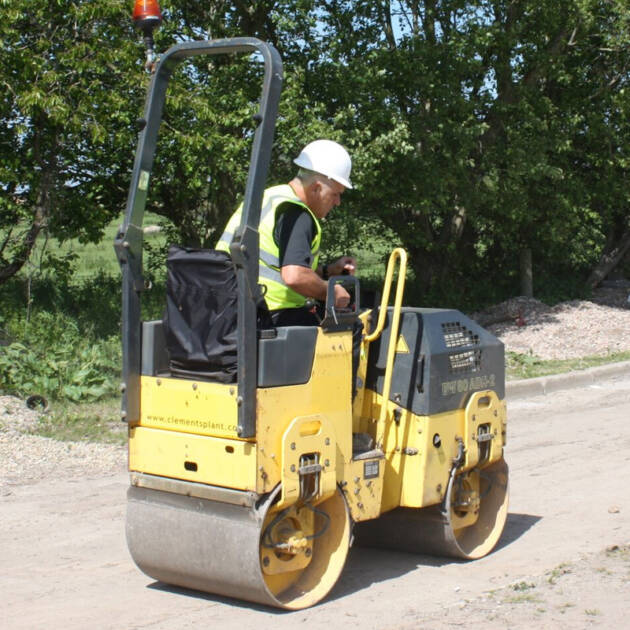Description
What is on the course?
NPORS Fork Lift qualification is recognised by the HSE. It shows that SB Skills Solutions has NPORS trained instructors who are fully competent to train, test and certify FLT operators. NPORS is looked at as an alternative scheme rather than attending CPCS training.
Course Objective
The learner is assessed on site through a range of methods such as observations, evidence generated from the workplace, written questions, witness testimonials and professional discussion. The compulsory course structure includes the below mandatory units:
The main purpose of NPORS is to grant NPORS accredited training providers the ability to meet the needs of the company and provide suitable personnel.
The course teaches our delegates how to operate a Forklift safely and how they should carry out various safety checks/procedures on the machine. They are also taught how to understand the capabilities, functions and and all safety aspects of each machine.
Course Duration
The FLT training course length varies depending on the level of experience of the attendee
Who Should Attend?
Candidates of all levels of ability and knowledge can attend our forklift training courses as we deliver full foundation training through to testing only.
Course Content
Course content available from SB SKills Solutions
- Counter balance fork lift truck novice & refresher.
- Bendi / Flexi novice and refresher.
- Man up novice & refresher.
- Reach fork lift truck novice & refresher.
- Pedestrian Truck novice & refresher.
- 4 way Combi lift novice and refresher.
Further Development
The awarding body recommends that refreshers are taken regularly, to make sure that all FLT operators are working to correcting standards and to correct any bad habits the operator may have picked up over the cards duration.







Reviews
There are no reviews yet.